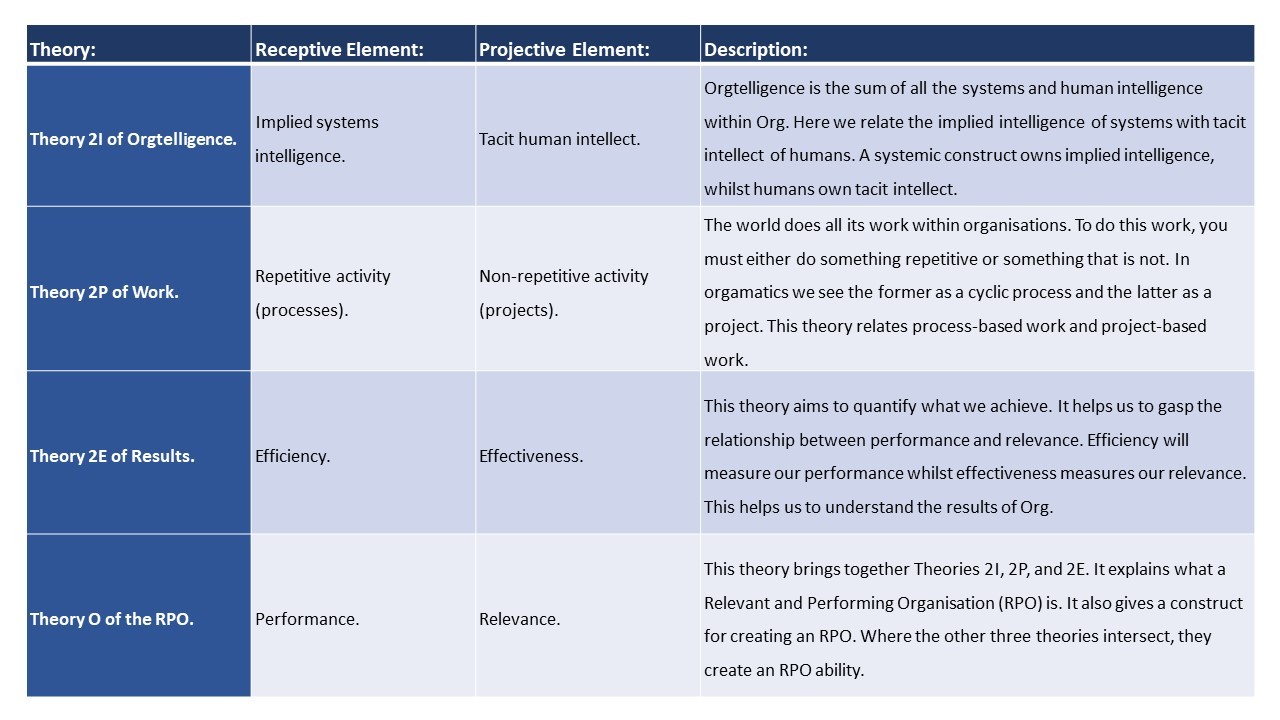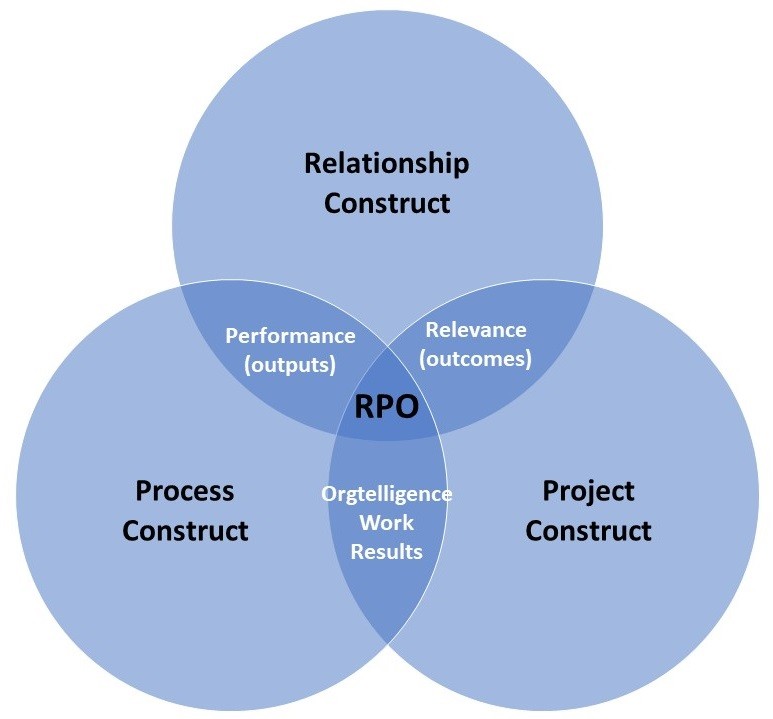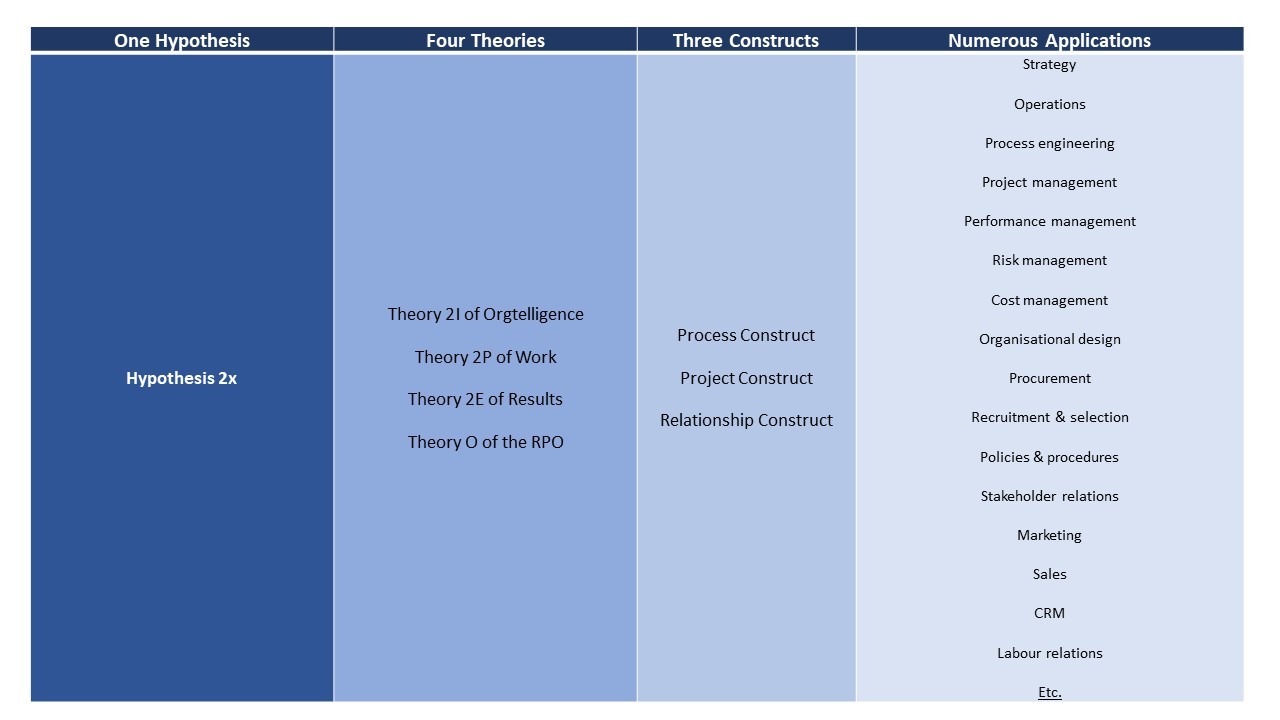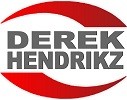The Orgtology Blog
What is Orgamatics?
Orgamatics is an orgtology field of study where one uses scientific method to create strategy and ensure operational efficiency. The term blends the two words, "organisation" and "mathematics". In so, it denotes the mathematical construct of an organisation.
The basic assumption of orgamatics
Through the study of organisational duality, we can understand complexity of design and the simplicity of its presentation.
This is important because it gives us a holistic understanding of Org. Mostly organisational applications, such as HR, strategy, risk, supply chain, etc, is seen as independent fields of study. This practice resolves in a "silo" grasp of Org. In my experience, this causes more problems than remedy.
The study of orgamatics
We study orgamatics through understanding the nature of organisational construct. Through "construct", we mean the architecture and nature of Org. Such understanding will help us to know how things work and what results such work aims to yield. It will also help us to grasp the systems intelligence and human intellect that Org must have to perform and stay relevant.
From this understanding, we must study three things. They are:
- Orgtelligence. This is the sum of systems intelligence and human intellect.
- Work. These are the processes and projects that create activity and organises resources.
- Results. This is the level of efficiency and effectiveness that Org must hold.
The influence of Hypothesis 2x on Orgamatics
Hypothesis 2x defines the dual nature of Org. In line with this hypothesis, orgamatics must help us to grasp the duality of organisation. As mentioned, we must understand orgtelligence, work and results. To do so, orgamatics creates a theory around each. They are:
- Theory 2I of Orgtelligence;
- Theory 2P of Work; and
- Theory 2E of results.
Each theory holds two concepts, one being receptive and the other projective. In orgamatics, we work with inverse duality. This means that where you decrease the value of one, the value of its dual side will increase.
The aim is to find equilibrium between dual concepts. E.g., Strategy drives relevance whilst operations ensure performance. We must know how much our common resource pool will aid the funding of each. In this example, the energy that we can use for operations will change the energy we have for strategy. Operations hold the repetitive work that Org must do to maintain things. Strategy holds the non-repetitive work that we must do to change things. Operations ensures performance whilst strategy secures relevance.
The task of orgamatics is to ensure a Relevant and Performing Organisation (RPO). This gives birth to its fourth theory – Theory O of the RPO. It brings the other three theories together. Relevance is about doing the right things. Performance is about doing things right. Jointly, they create an inverse duality. This means that an increase in effort to stay relevant will decrease the effort to perform. This is because both efforts will draw from the same resource pool. Orgamatics will help Org to manage this equilibrium.
The four theories of Orgamatics
The table below gives a breakdown of the four orgamatics theories.
The three constructs of Org
Theories do not mean much if one cannot put it to practice. In so, the theories of orgamatics give rise to three organisational constructs. They are the process-, project-, and relationship- constructs.
A construct is the idea behind a physical manifestation. Unlike a structure, it is not physical. A construct is a blueprint for the flow of activity that create outputs, outcomes, and relationships. It is a consciousness of how things work. When an architect designs a house, the design will need a project plan. Jointly, these plans create a project construct that will bring about a structure. Once the house is built, there will be processes that maintain the house. If one would depict these processes, one will have a process construct. The house will facilitate the interaction of humans. This brings about a relationship construct. These constructs are ideas that aim to manifest in physical form. A construct always precedes activity. In Org, form follows consciousness.
- The relationship and process constructs of Org will define its ability to perform. We measure this through its outputs.
- The relationship and project constructs of Org will define its ability to stay relevant. We measure this through the effect on an environment. In other words, its outcomes.
- The process and project constructs of Org will orchestrate its orgtelligence, work, and results.
- Jointly the three constructs create a Relevant and Performing Organisation (RPO).
Process Construct
The process construct holds all the repetitive work of Org. A construct is not tangible. We can only make assumptions about a process. We can never touch or see it. What we see is a manifestation thereof. A factory conveyer belt is the structural manifestation of a process. The process itself is a mathematical construct of the flow of activity. The conveyer belt brings such process to life. In nature we have the eco system. Here one can see caterpillars becoming butterflies. Behind that structural manifestation, there is a mathematical construct. That is the process construct.
To understand a process construct, we must understand its parts. These are:
- Rules or operating procedures that control the process.
- Dependency of activity that control flow and priority of activity.
- "If – Then" conditions that control the prerequisites for activity to flow.
- Outputs that show the results of a process.
- Resources, which the process will need to flow.
Project Construct
The project construct holds all the non-repetitive work of Org. The aim of a project construct is to interlink all the projects within Org.
Unlike the process construct, a project construct has a short life span. The task of a project is to start, end, or fix a process. Once done, the project dies.
The project construct thus manages change within Org. It drives the future. In so, the project construct creates all strategic activity within Org.
Relationship Construct
We do all the work of Org through relationships. Without relationships, Org will die. This construct holds the rules and dynamics of the relationships that Org must have.
The aim of a relationship construct is to help Org create reciprocal value between outputs and outcomes. Where Org interacts with its environment, it negotiates a value proposition that must ensure a favourable benefit for all parties involved.
Conclusion
Trough applying the duality of Hypothesis 2x, we create four theories. These theories help us to work with the basic construct of organisation. In turn this eases the facilitation of many organisational applications. The table below shows the flow of this explanation…
Through the constructs of Org, we can control activity. This will give predictable outputs and drive favourable outcomes. The task of an Orgtologist is to manage both the complex and simplistic nature of Org. In the end, there are only two things that Org must do. It must perform and stay relevant. Nothing more, nor anything less.
Reference:
Hendrikz, D (2018). 'What is Orgamatics?', *The International Orgtology Insitute,* 10 April. Available at: https://orgtology.org/index.php/2015-06-01-09-45-25/orgtology-blog/6-what-is-orgamatics
This essay was adapted from the original essay as referenced above.
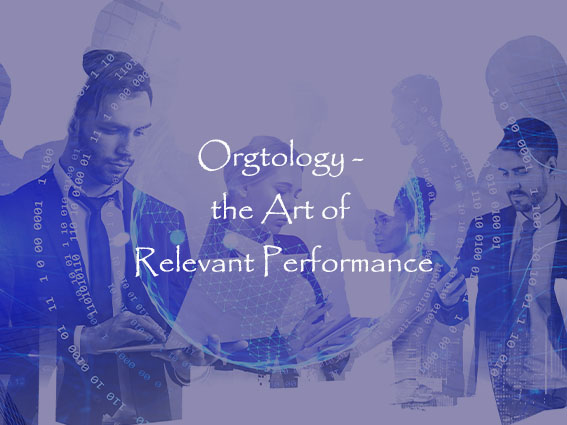
Join the Orgtologist Certification Program (OCP) - Empowering Executive Teams Worldwide
Copyright
© 2020-04-26: Derek Hendrikz
When you subscribe to the blog, we will send you an e-mail when there are new updates on the site so you wouldn't miss them.


